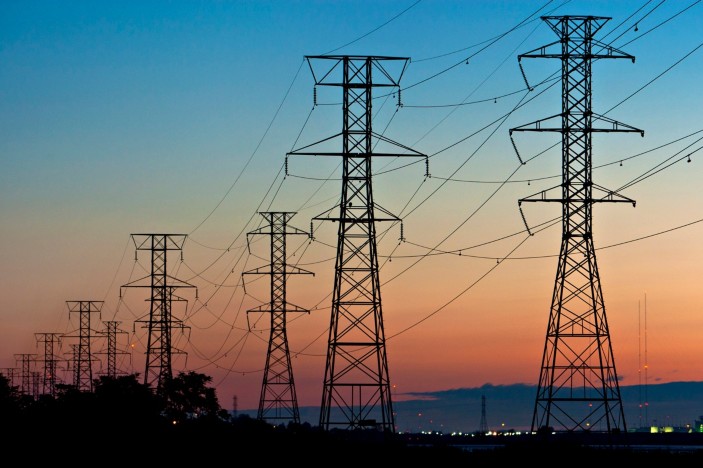KATHMANDU: The Nepal Electricity Authority (NEA) has expressed dissatisfaction with the government’s recent decision to ease the dues of dedicated feeder and trunk lines for industrialists. This comes after the government decided to implement recommendations from an inquiry committee’s report on the controversial tariff dispute.
Last week, a cabinet meeting approved the report submitted by an inquiry committee formed on January 9. The committee, led by former Supreme Court Justice Girish Chandra Lal, included joint secretaries from the Ministry of Energy, Water Resources, and Irrigation (MoEWRI) and the Ministry of Industry, Commerce, and Supplies (MoICS).
The committee’s report, submitted on May 5, recommended waiving premium charges for dedicated feeders and trunk lines for industrialists during two specific periods: the first six months between mid-July 2015 and mid-January 2016, and beyond June 2018, when the government declared the end of load-shedding in Nepal. This recommendation came in response to long-standing complaints from manufacturers about NEA’s premium charges during these times.
In 2015, citing power outage issues, NEA imposed additional fees on industries with high energy consumption. Initially, NEA charged a 65 percent premium for dedicated and trunk line users, later reducing this to 15 percent above the normal tariff.
Dedicated feeder service allows factories requiring high voltage lines to receive direct electricity from a nearby substation, while trunk line users receive regular electricity through two substations.
NEA’s board meeting in June 2015 set these premium charges, effective from August 2015. However, industrialists have consistently resisted paying these dues, arguing that NEA continued to impose premium charges even after the official end of load-shedding in June 2018.
The inquiry committee recommended that NEA charge premium fees for the period between February 2016 and April 2018 but suggested basing charges on consumption recorded by the Times of the Day (TOD) meter.
Despite these recommendations, Kulman Ghising, NEA’s managing director, expressed concerns about the report. “The report will not help give a long-term solution to resolve the issue,” Ghising stated. He highlighted the lack of a proper mechanism for issuing daily electricity billing, which could pose practical problems. For instance, NEA might provide premium electricity supply for the entire day, while firms might shut their businesses for a few hours, complicating accurate billing.
NEA officials have been waiting for clear guidance from the government to provide an official comment on the issue. They emphasize that without a proper billing mechanism, implementing the committee’s recommendations could lead to further complications.
The decision to ease the dues comes as a relief to industrialists who have long argued against the premium charges. However, NEA’s dissatisfaction indicates potential challenges ahead in balancing the needs of industrialists with the operational realities of the state-owned power utility.
This situation underscores the ongoing complexities in Nepal’s energy sector, particularly in managing industrial electricity consumption and ensuring fair and practical billing practices. As the government and NEA navigate this issue, it remains crucial to find a solution that addresses both the concerns of industrialists and the operational needs of NEA.

